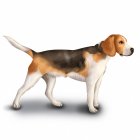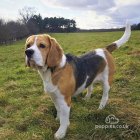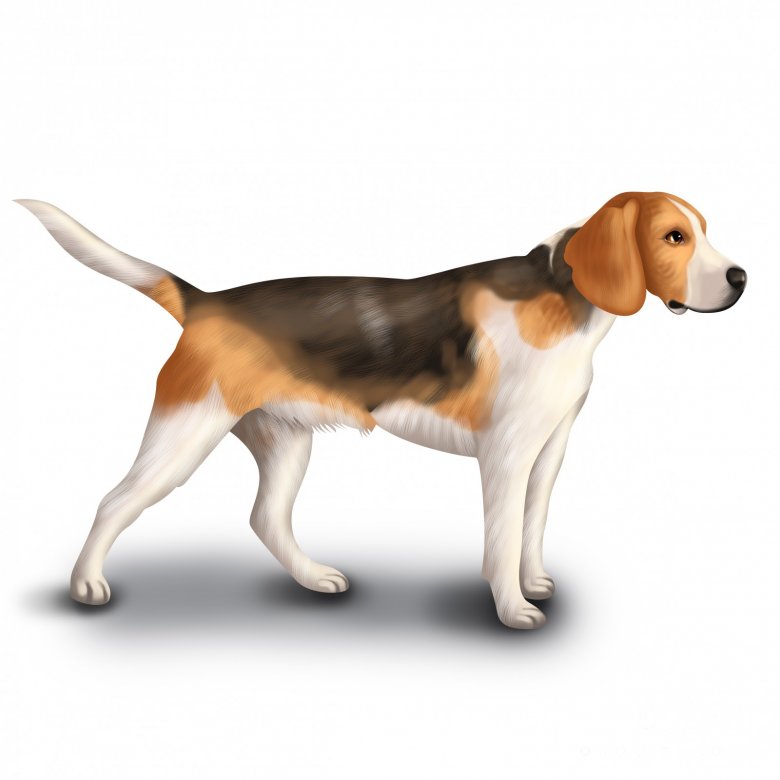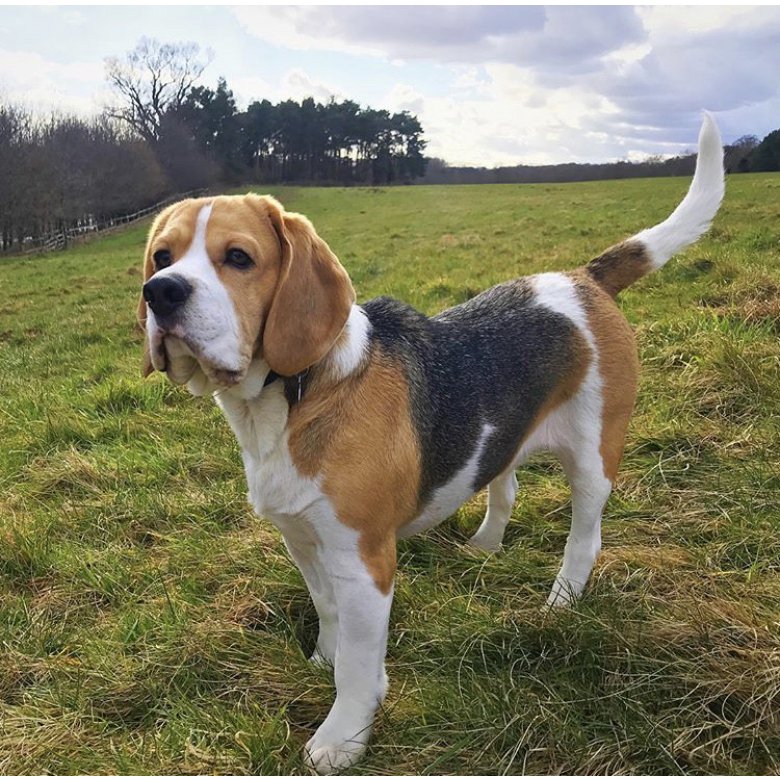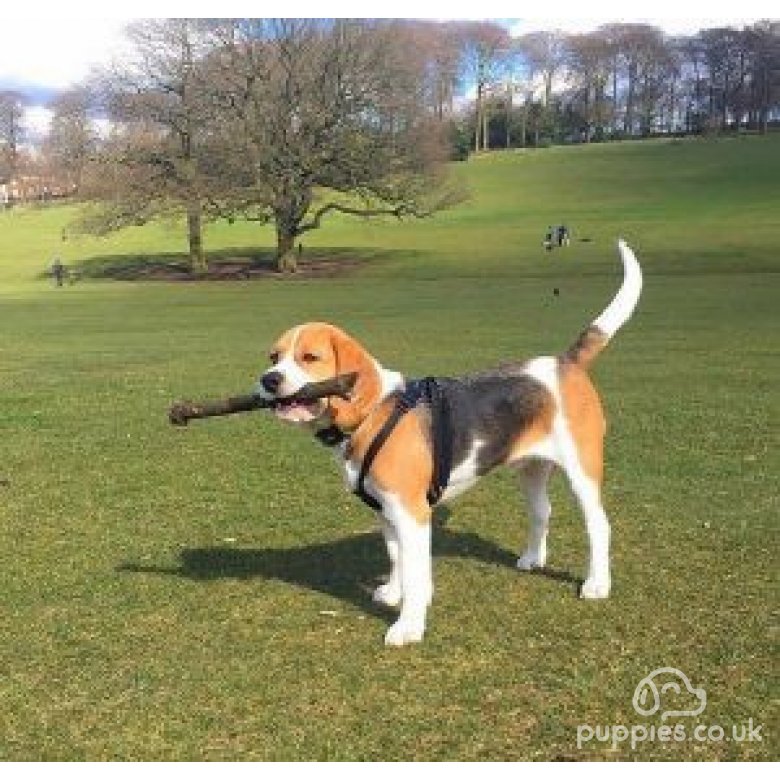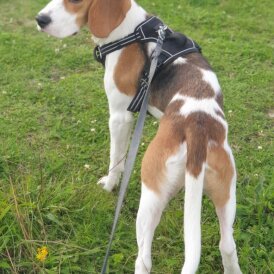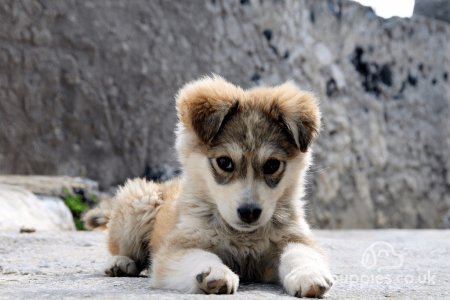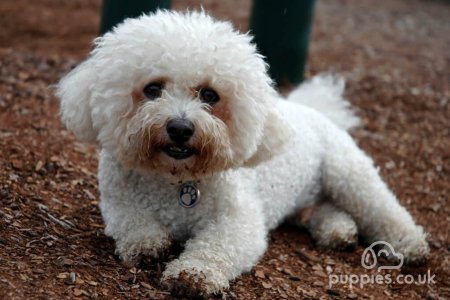History
The Beagle is a compact sturdy dog, with a long history. While its origins are unclear, it thought that the breed developed from older English scent hounds. The modern Beagle standard was set in the 1870’s, but long before this, small beagle-type hounds were kept for hunting rabbits and hares. So, while originally a hunting breed, it has proved to be remarkable versatile and is now a popular companion dog.
Appearance
How big is a Beagle?
Height ranges from 33 to 40cm and weight should between 9 to 10kg.
Temperament
Do Beagles make good house pets?
The Beagle’s friendly and tolerant nature makes it an easy companion, happy to live alongside other family members. Known for being both gentle and tolerant, a Beagle will happily join in with games and other fun activities.
Do Beagles get along with other pets?
Beagles are pack animals and as long as they are well socialised will get on with other dogs in the household. Note of caution – the hunting gene is still strong, so small furries, like gerbils and guinea pigs must always be kept in a secure environment well away from any potential harm.
Do Beagles bark a lot?
Like many dogs, if left alone for any length of time the Beagle can develop behavioural issues including excessive barking. Without proper control, this breed is known to develop a loud irritating bark that may not go down well with neighbours.
Can I leave a Beagle alone?
Due to its outgoing personality, this breed does not easily tolerate long periods of solitude. Like many dogs, if left alone for any length of time the Beagle can develop behavioural issues.
Care
How much exercise does a Beagle need?
Daily exercise should include a long walk or a romp.
How much space do I need for a Beagle?
This is a neat, compact dog that fits in well with the average household. However, outdoor exercise is essential. Owners should ensure that gardens are well fenced and keep an eye out if their Beagle is off the lead. The more independent types will set off after a scent and disappear for some time.
How much grooming does a Beagle need?
The coat comes in a variety of colours and is hard, smooth and short, therefore grooming requirements are minimal.
Is it hard to train a Beagle puppy?
Training is relatively easy, requiring gentle and firm, clear leadership. Use the breed’s natural instincts to help the process. Hide a treat and then use simple commands to find it. Try new hiding places and keep the training fun, so the dog is fully engaged. Toilet training is not so simple. The key to success is consistency and kindness. Food for example should be served at the same time each day and make sure puppies have plenty of time outside throughout the day, so keeping in-door accidents to a minimum. Praise and reward should be your watchwords. Try and ignore the inevitable accident, they are sure to learn in time. Recall training is essential, because a Beagle on a scent is hard to divert and can disappear. Start training early using rewards when your Beagle responds to your recall. During the early months it is advisable to keep your Beagle on the lead when outside the home environment.
Health
What health problems do Beagles have?
This is generally a healthy breed as long as puppies are sourced from responsible breeders that follow Kennel Club advice. The most common health issue tends to be ears. These are relatively long, because like other scent hounds they help waft up smell. This extra length can result in tears and other small trauma injuries. While the elongated flap does protect the Beagle’s ears to some extent, it can also reduce air flow to the area, which can cause problems. Owners are advised to make sure that ears are kept clean of debris and wax, so minimising the issue.
Buying your Beagle puppy
When buying a Beagle puppy take sensible precautions. This will save expense and possible heartache in the future. A good place to start is to contact the various Beagle breed clubs and getting a list of reputable breeders. Always visit the breeder and see the litter for yourself. Check out the environment that the puppies are being brought up in. Insist on meeting the mother and see how she interacts with her puppies. Any puppy should be at least 8 weeks old before they leave their mother. Ask about any health tests that the Kennel Club recommends and insist on seeing relevant evidence for the test results. Most importantly, does the puppy look healthy – things to look out for and avoid include puppies with pot bellies, sticky eyes and scruffy dull coats. Expect the breeder to provide a diet sheet and information on worming or other preventative treatments that they have given.
Other Organisations
Thank you ever so much to the following sources for helping to build this breed page. https://www.thekennelclub.org.uk/services/public/breed/display.aspx?id=1005 https://www.beaglewelfare.org.uk/about-the-beagle-breed/ https://www.thebeagleclub.org/






